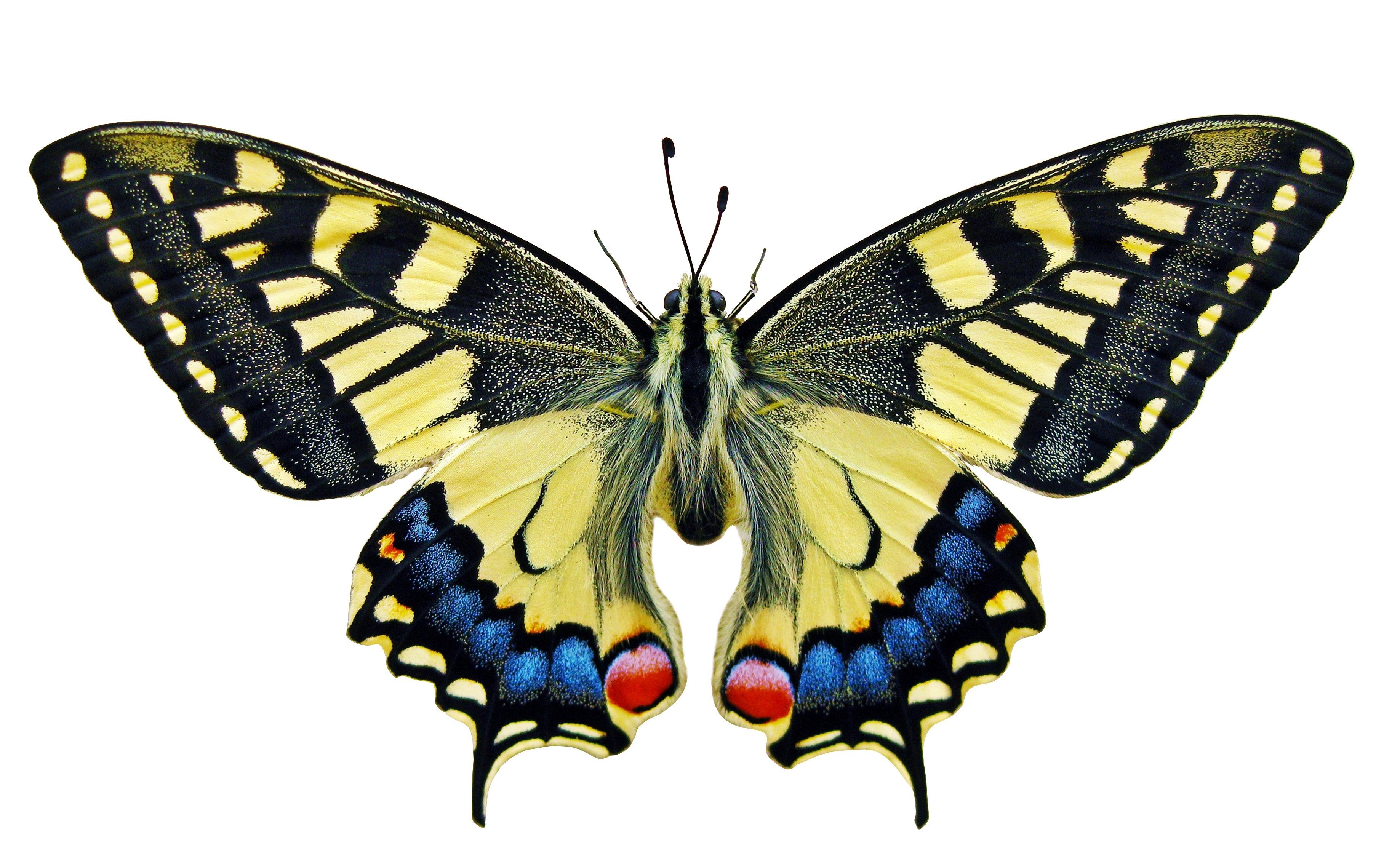Butterflies are a collective term for arthropod phylum, insects, lepidoptera, and hammerhorn suborder. There are about 14,000 species in the world, most of which are distributed in the Americas, especially in the Amazon River Basin, where there are 1,200 species. The largest butterfly can spread its wings to about 28 to 30 cm, and the smallest is only about 0.7 cm.

Butterflies have some of the most striking colors in nature. As they fly through the flowers to collect nectar, their bright wings seem to flicker and change colors before your eyes.
Butterflies' rich colors can act as camouflage, attract mates, and warn. But how can a butterfly have such a strong hue?
Butterflies actually come from two different sources: ordinary colors (or pigment colors) and structural colors. Ordinary colors come from common chemical pigments, which absorb certain wavelengths of light and reflect other wavelengths of light.
For example, chlorophyll stains plants green. Chlorophyll absorbs blue and red in the spectrum, but does not absorb green, and when it bounces off your eyes, you'll see green. Most butterflies get their brown and yellow in different shades from melanin.
The structural color of the butterfly is the most interesting place, this type of color originates from the specific structure of the butterfly wing, and explains why the color of some butterflies seems to change and behave so intensely.
This color, which changes as the observer moves, is called rainbow or iridescence, and it appears much more frequently in nature than you might think.
Mother-of-pearl and peacocks are just a few examples. Rainbow colors are most pronounced in the butterfly family, and occur when light passes through a transparent, multi-layered surface and is reflected more than once. Multiple reflections compound each other to make the color more intense.
Whether you know it or not, you've probably been familiar with rainbows since you were a kid. You may be amazed by it while playing with bubbles in the bathtub.
In a soap bubble, light first passes through the top layer of the bubble, some of which is reflected, while some light continues through the bottom layer, and some of it is reflected. Depending on the time it takes for the second reflection to be reflected with the first reflection and some other factors, the two waves may or may not be aligned, or have the same phase.
If the phases of two waves differ by a multiple of a full wavelength, then the two waves are said to have a phase interference. If two waves are half a wavelength apart or an odd number of times, this is a subtractive interference. What occurs in the iridescence is a phase interference, which makes the two waves complement each other and strengthen the reflection.
As a result, iridescence produces a more intense color than ordinary pigments. Extinction interference can cause two waves to cancel each other out, weakening the reflection, or destroying it completely.
Well, you might say, but butterfly wings don't look like soap bubbles at all. So how do they do it?
In fact, the principle of soap bubbles also applies to the wings of butterflies. However, their wings amplify the effect of the rainbow because they have more layers for light to pass through, so there are more opportunities for light waves to reflect and amplify each other.
The wings of a butterfly, though small, are covered by thousands of microscopic scales, divided into two to three layers. Butterflies are taxonomically belonging to the order Lepidoptera, and as the name suggests, they have scaly wings. The many equally spaced layers on the butterfly's wings do not have only the mutual interference from the upper and lower layers, as in the bubble, but produce multiple phase interferences.
When light hits different levels of a butterfly's wings, it is reflected countless times, and the combination of all these reflections causes you to see very intense colors. Some butterflies' spectra even extend to ultraviolet light, an ability to detect ultraviolet light that guides the annual migration of the black-veined golden-winged butterfly from North America to Mexico.
The combination of structural and pigment colors of butterflies can produce interesting results. Whether as camouflage or as a communication, thousands of butterflies' colorful, complex wings are due to their rainbow and structural colors.